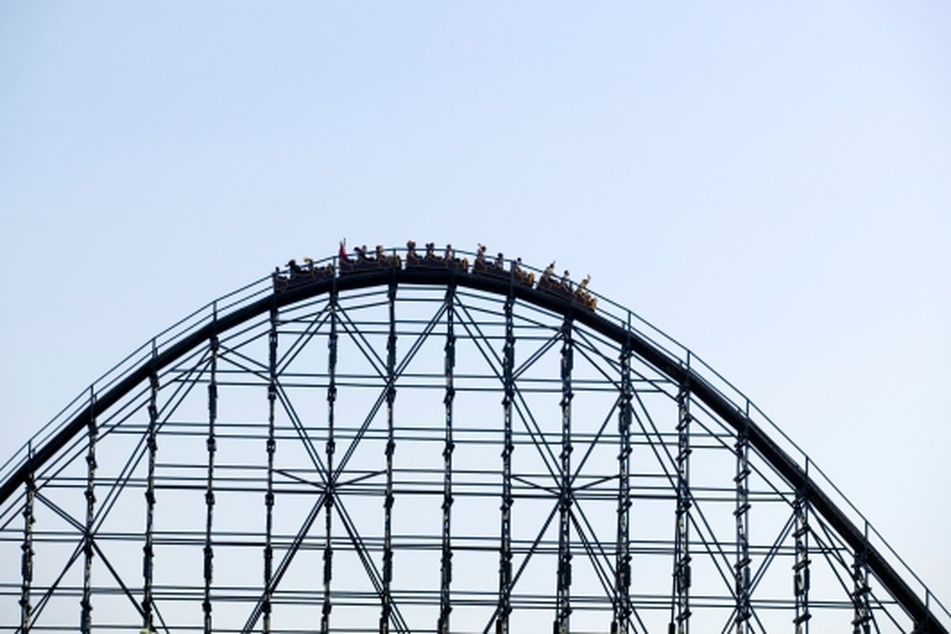Market volatility? Don’t blame ETFs, says ICI

New research from industry groups shows that macroeconomic events are more to blame for volatility than exchange-traded funds
Exchange-traded funds are no strangers to the blame game.
The finger-pointing began with the flash crash in 2010, with critics increasingly pointing to them as one of the causes of heightened market volatility. But according to a new report by the Investment Company Institute, ETFs are innocent of the charges of driving volatility. A joint report from the Securities and Exchange Commission and the Commodity Futures Trading Commission also found that ETFs weren’t the cause of the flash crash.
The ICI looked back at market volatility over the past 25 years and found that heightened periods of volatility existed before ETFs, and the most volatile the market has ever been was during the “Black Monday” crash of 1987, two years before the launch of what eventually became the first ETF.
The market volatility that started before the financial crisis in mid-2007 and has continued through today has coincided with the rapid growth of the ETF market, as assets have grown from about $600 billion to more than $1 trillion. The report points out that over the same time period, there was a “prolonged global financial crisis that threatened to take down the international banking system and threw financial markets worldwide into turmoil.”
The report also notes that market volatility isn’t unique to the U.S. stock market. Stock price gyrations also have been heightened in countries where ETFs aren’t popular. In Japan, for example, ETFs make up about 1% of market capitalization, compared with 7% in the U.S., but the Nikkei 225 Index has had similar volatility to the S&P 500 over the past few years.
Morningstar Inc. found similar results that ETFs aren’t to blame for market volatility when it looked into the charge that leveraged ETFs were causing increased volatility late last year.
Leveraged ETFs, which use complex derivatives to return two or three times an index or its inverse returns, have been the most popular punching bag for critics. Leveraged ETFs had a total of $32 billion in assets, or 3.2% of all ETF assets, toward the end of last year but made up for 14% of ETF trading volume, according to a report published by Morningstar.
Despite the disproportionate trading volume, the majority of the trading happens on the secondary market, though, which doesn’t affect primary pricing, according to Morningstar.
The Morningstar report also pointed out that if leveraged ETFs were the cause of market volatility, the assets in the funds would rise and fall with volatility, but assets remained mostly steady from March 2009 to November 2011.
Learn more about reprints and licensing for this article.




